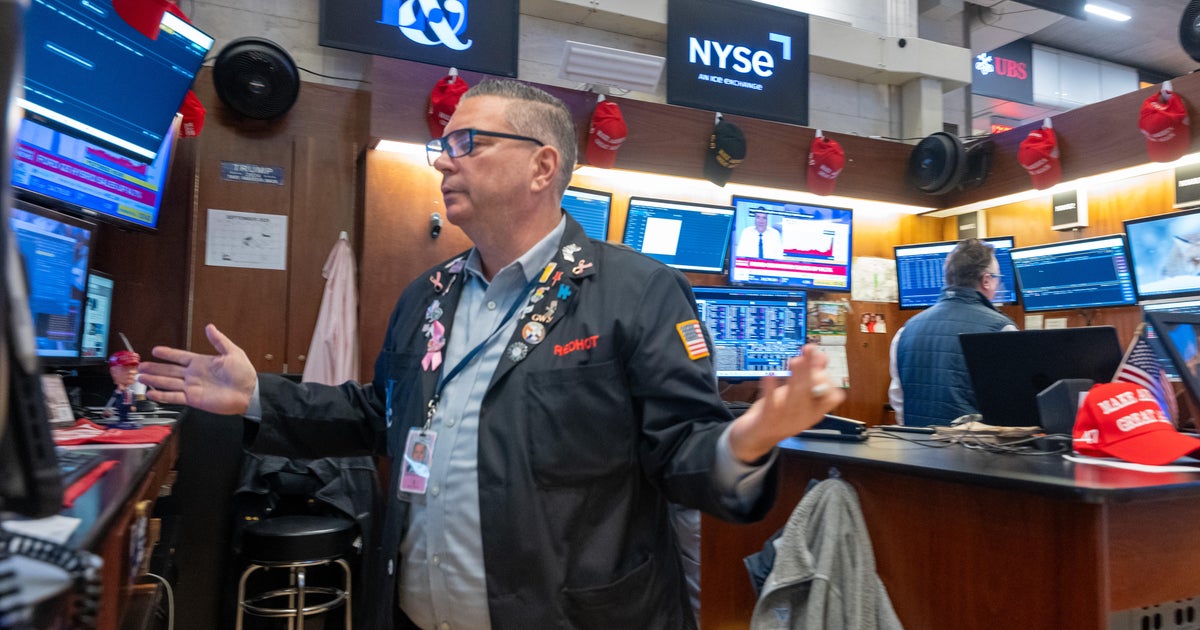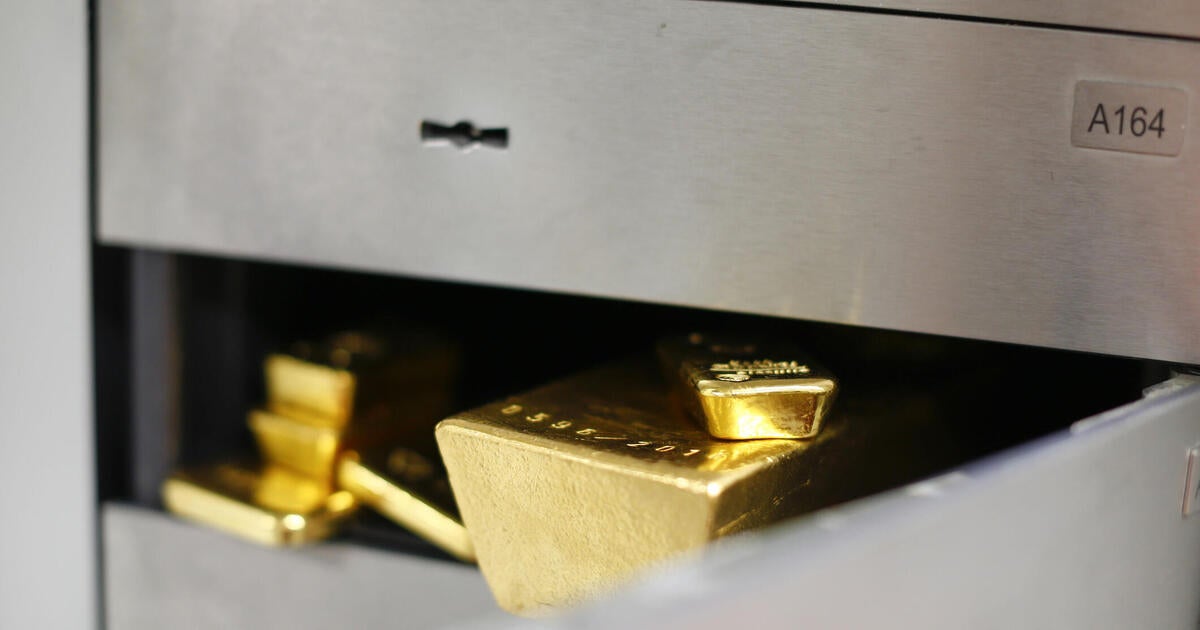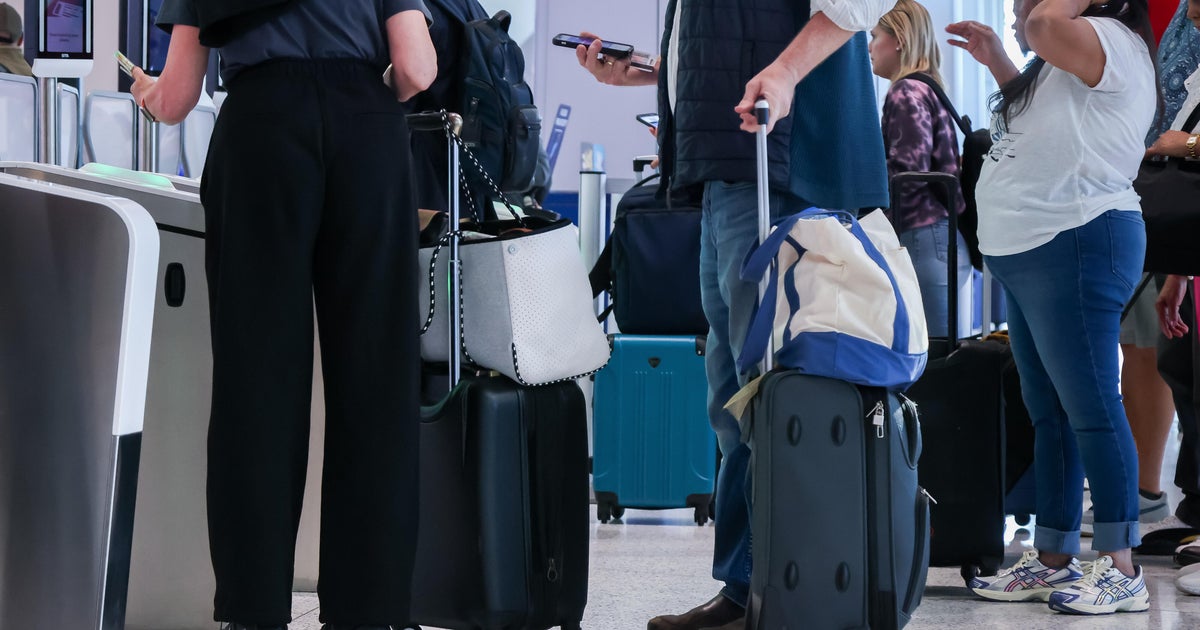In this special series, The Age focuses on Melbourne’s western suburbs to see how life could improve in Australia’s fastest-growing region.
See all 10 stories.Before she takes a seat in the classroom at Clayton’s John Monash Science School, student Prisha Singh has already sat in a car, two trains and a bus.
The year 12 student lives in Point Cook, but commutes 15 hours a week between home in Melbourne’s west and school in the south-east.

Poonam Singh flanked by daughters Kashvi, 12, and Prisha, 18, who face long commutes to their respective schools.Credit: Justin McManus
“It’s definitely exhausting, but I love the school, so it’s worth it,” the 18-year-old says.
The John Monash Science School, located on campus at Monash University, is a specialist state school for gifted students in years 10 to 12 with a focus on the sciences, mathematics and technologies. It’s perfect for Prisha, who hopes to become a dental surgeon.
But it’s far from Prisha’s home.
Just one of the state’s four selective entry high schools, Suzanne Cory High School, is located in Melbourne’s west.
Loading
“There are not many good schools here with great facilities,” Prisha’s mother, Poonam, says.
While Prisha commutes more than 45 kilometres south-east to Clayton, Poonam’s younger daughter, Kashvi, 12, spends 10 hours a week travelling by car and private bus to Bacchus Marsh Grammar’s Woodlea campus in Aintree.
Neither Kashvi nor Prisha says she resents the travel. Prisha uses her commute for study, socialising and sometimes sleeping. But she wishes there was a specialist, selective entry school in Melbourne’s west.
“I love my school; it’s a really good school,” she says. “But a lot of people do miss out on going there just because of the distance.”
Over coming months The Age is strengthening its focus on Melbourne’s booming west with a special series examining the positives and challenges the region faces.
In October, our reporters will moderate a West of Melbourne Economic Development Alliance (WoMEDA) summit to discuss a vision for the western suburbs’ success. The alliance of university, industry, community and local government experts works to advance the west economically.
Many western suburbs families see education as the key to unlocking their children’s potential.
Fewer than 4 per cent of the 654 students at John Monash Science School hail from Melbourne’s west.
But about a fifth of 1140 students at Melbourne High School, a selective entry boys’ school in South Yarra, come from the west, mostly from St Albans, Tarneit and Point Cook, says principal Dr Tony Mordini.
Similarly, at Mac.Robertson Girls’ High School, near Albert Park Lake, 20 per cent of the 1196 students come from the western suburbs.
At the selective entry and co-educational Nossal High School in Berwick, fewer than 5 per cent of the 862 students come from Melbourne’s west, says principal Tracey Mackin.
The sole state selective entry school in Melbourne’s west is Suzanne Cory High School in Werribee. The co-educational school opened in 2011 and, like all selective entry schools, is operating at capacity.
Principal Martha Goodridge-Kelly says her school of 926 students is substantially oversubscribed each year.
“We have many more quality applicants that we wish we could take,” she says.

Melbourne’s only selective entry school in the west, Suzanne Cory High School, is operating at capacity.Credit: Paul Jeffers
About 70 per cent of Suzanne Cory students live in the west, and about 15 per cent in the north. The remainder travel from the inner east, Geelong and Frankston.
Most western suburbs students hail from Wyndham, which takes in Werribee, Hoppers Crossing and Point Cook.
“They are the aspirational areas, areas where families really prioritise education,” Goodridge-Kelly says.
She believes the growing demand for her school is due to the booming population.
Chris Chau, a former head of maths at the school, says there is a perception selective entry schools are “like a private school, in terms of facilities and opportunities, but for public school prices”.
“A lot of people in the western suburbs [around Point Cook] are of Indian and Asian descent, who value education highly,” he says.
However, Chau, who runs tutoring company Integral Education, isn’t advocating more selective entry schools.
“We should be aiming to raise the overall education standard, rather than putting in more schools that just cater for the best and brightest kids,” he says.
Meanwhile, a growing number of private schools in Melbourne’s east and south-east are offering chartered bus services to their western suburbs students.
Last year Sacre Coeur, in Glen Iris, launched a Williamstown bus route – its fifth bus service, but first in the west.
The Catholic girls’ school would not specify how many students used the mini-bus, which travels via Port Melbourne, but said the numbers had increased since the service started. The service costs $1150 a semester for return journeys or $700 one way.
Loading
St Michael’s Grammar in St Kilda has been operating Yarraville and Williamstown private bus services for more than 15 years.
Head of school Gerard Houlihan said more than 50 families used the 35-minute services.
“Direct transport eases the daily logistics for busy, dual-income parents, who make up the majority of St Michael’s families,” he said.
Wesley College’s Melbourne campus and Melbourne Girls’ Grammar in South Yarra also offer private, user-pays bus services to the inner west, including Williamstown, Yarraville and Seddon.
Wesley College’s Yarraville and Wyndham services are used by more than 60 students and offer live tracking for parents, who pay an annual $300 fee.
Loading
“We continue to experience steady enrolment interest from the west,” spokesperson Kate Evans said.
Rachel Holthouse, chief executive of lobby group Independent Schools Victoria, said:
“Reliable and affordable school transport allows children to attend the school that best meets their needs, no matter where they live.”
The West of Melbourne Summit, presented by WoMEDA with The Age, will be held on October 22-23. For details go to womeda.com.au
Start the day with a summary of the day’s most important and interesting stories, analysis and insights. Sign up for our Morning Edition newsletter.
Most Viewed in National
Loading


















































